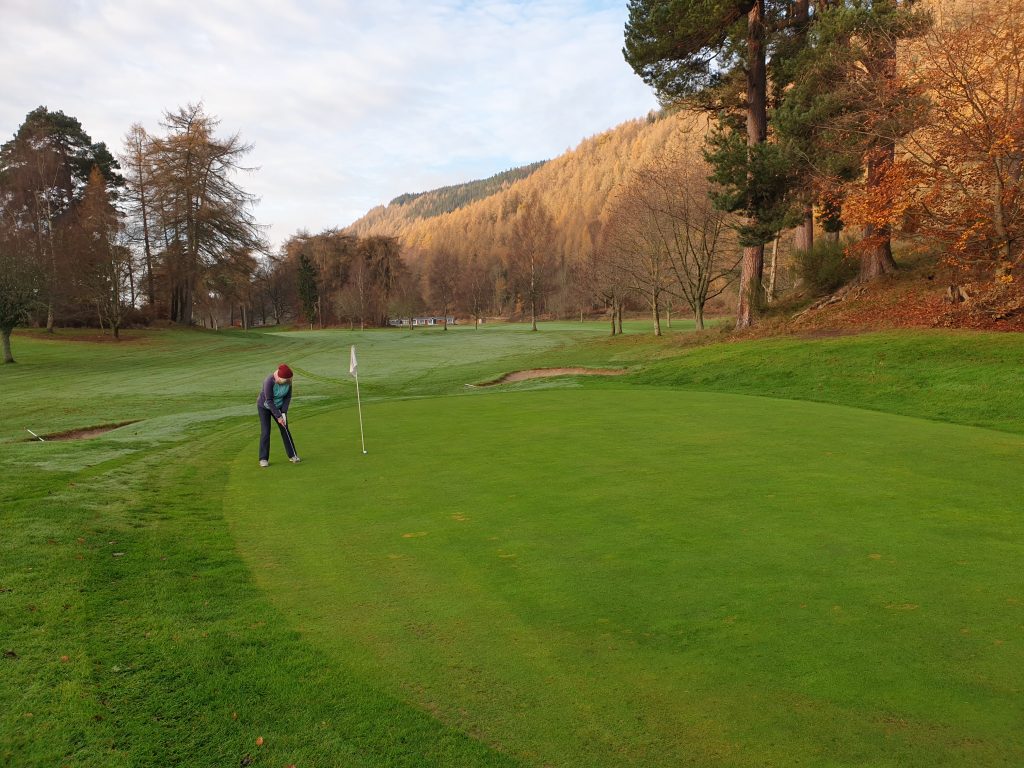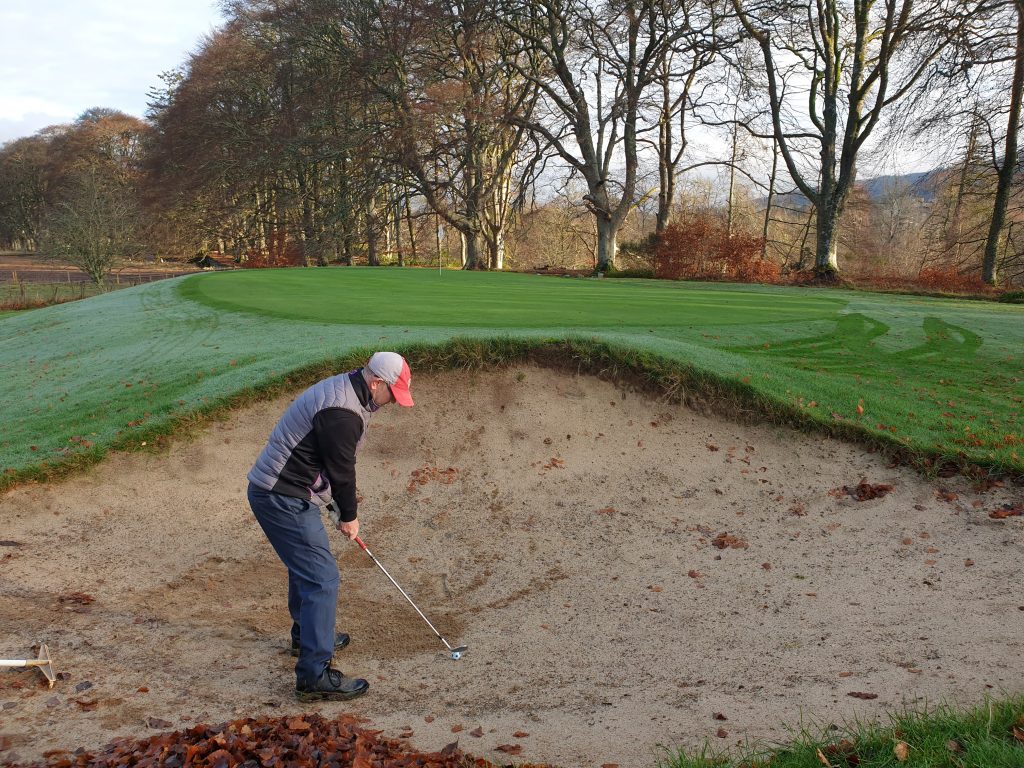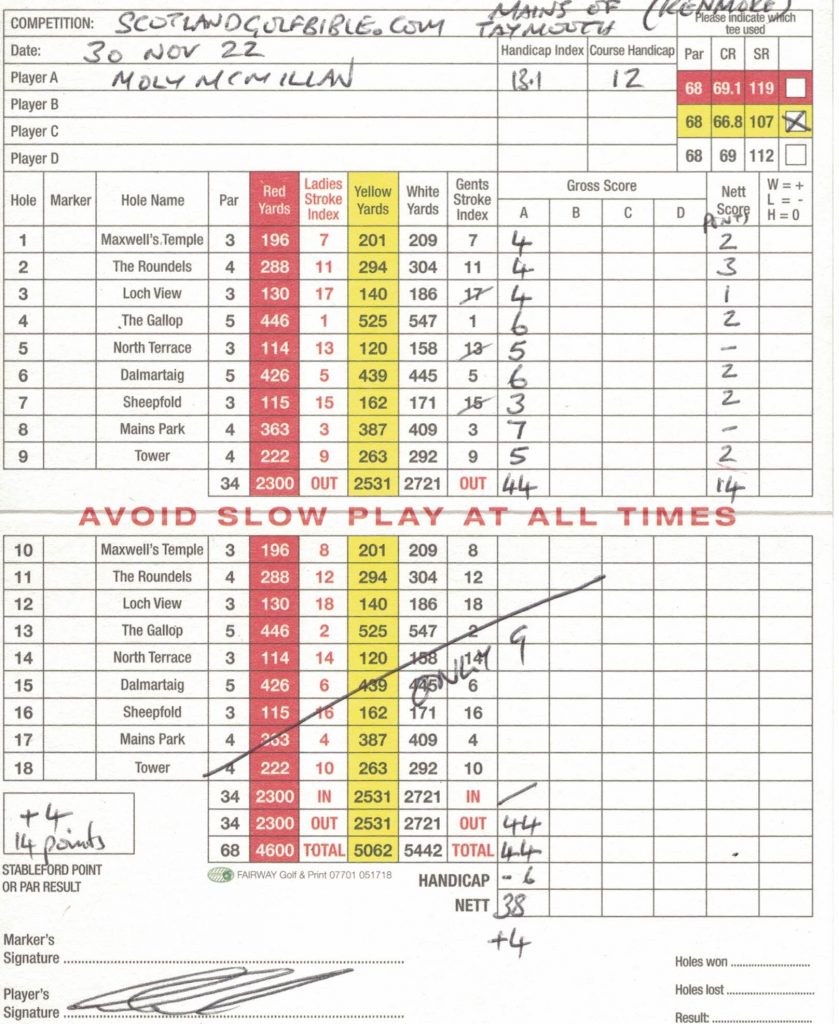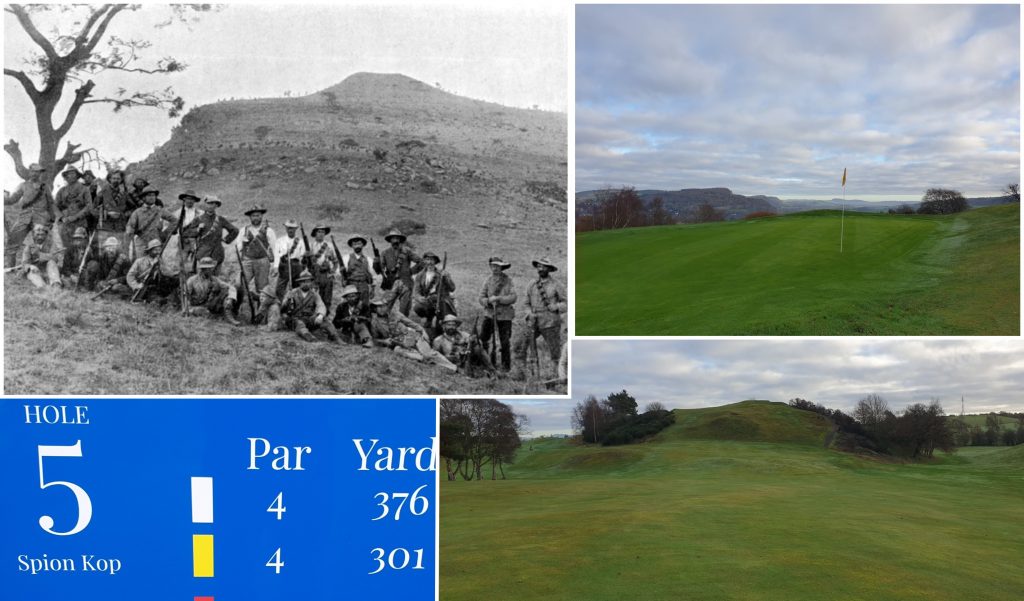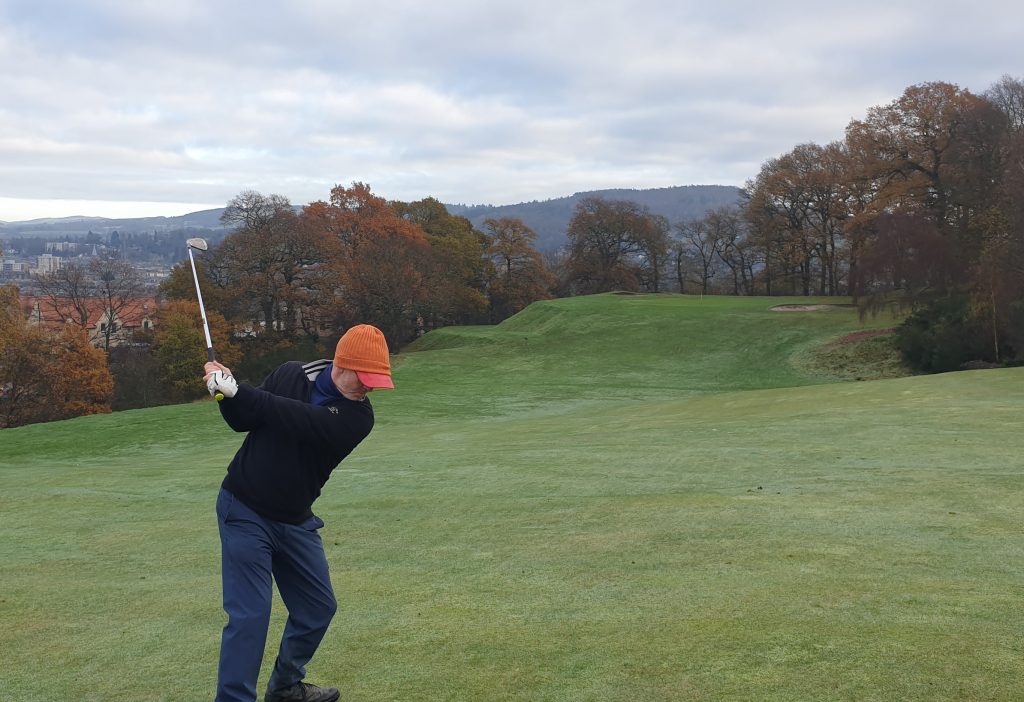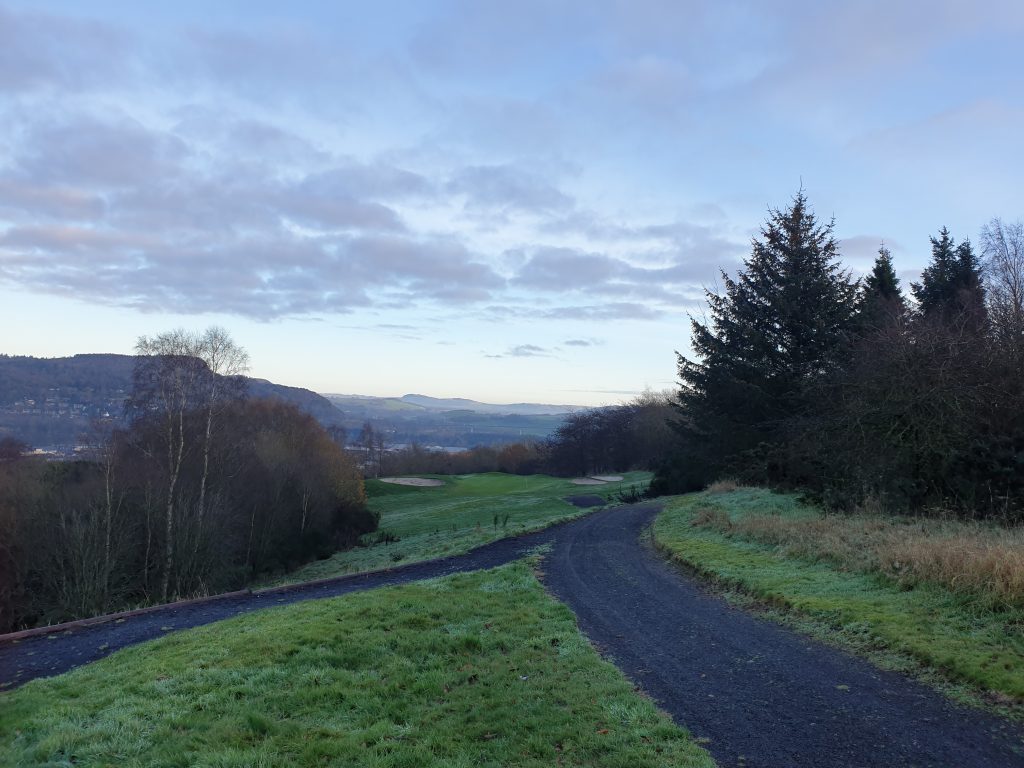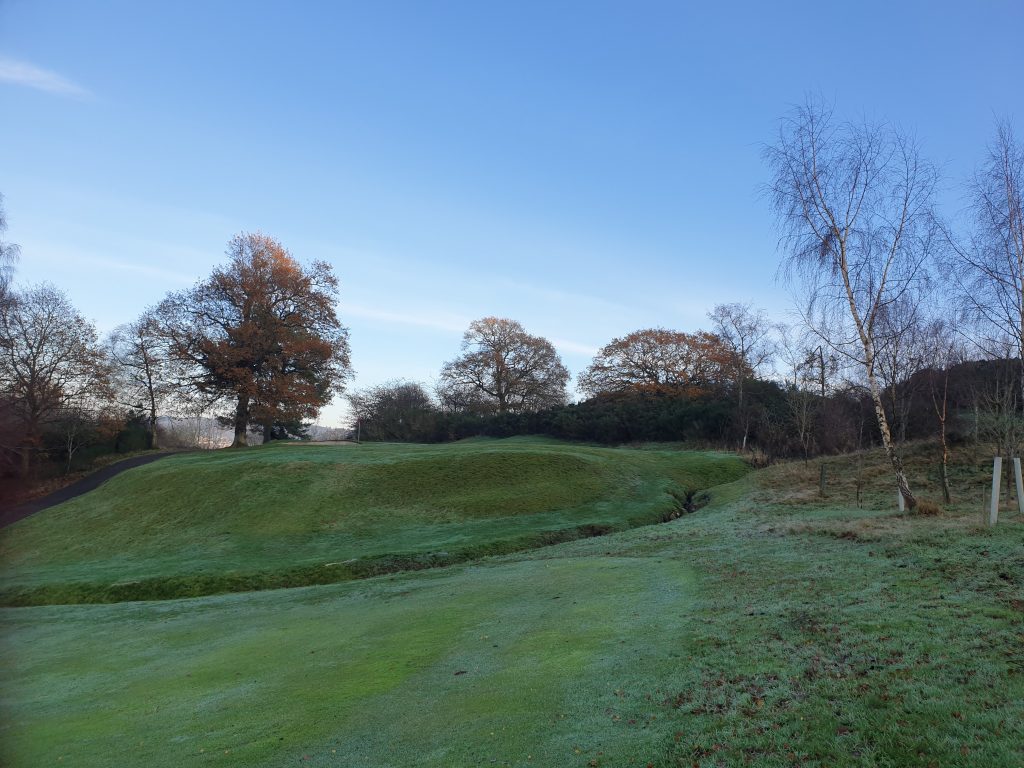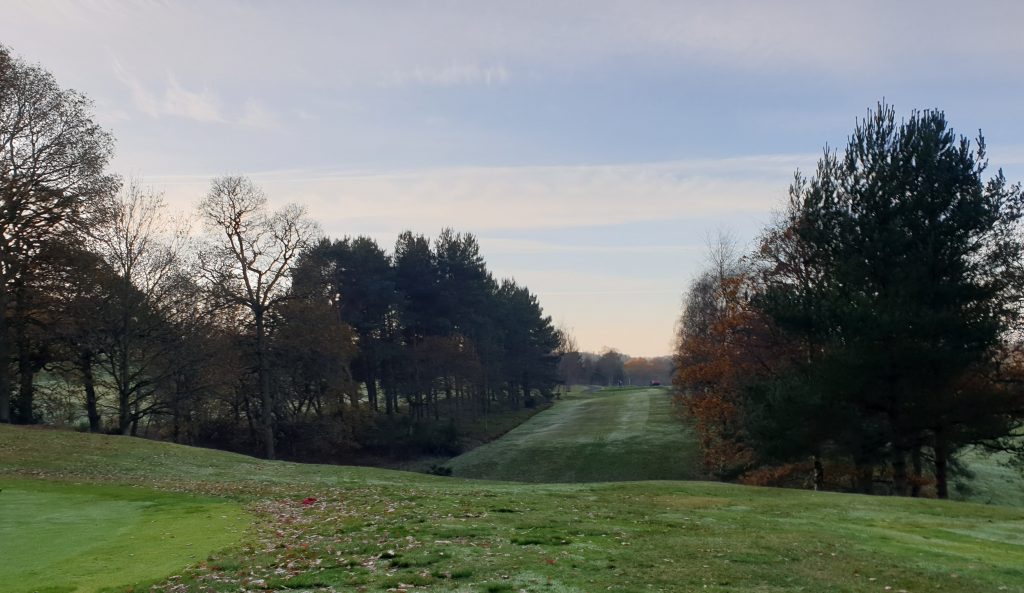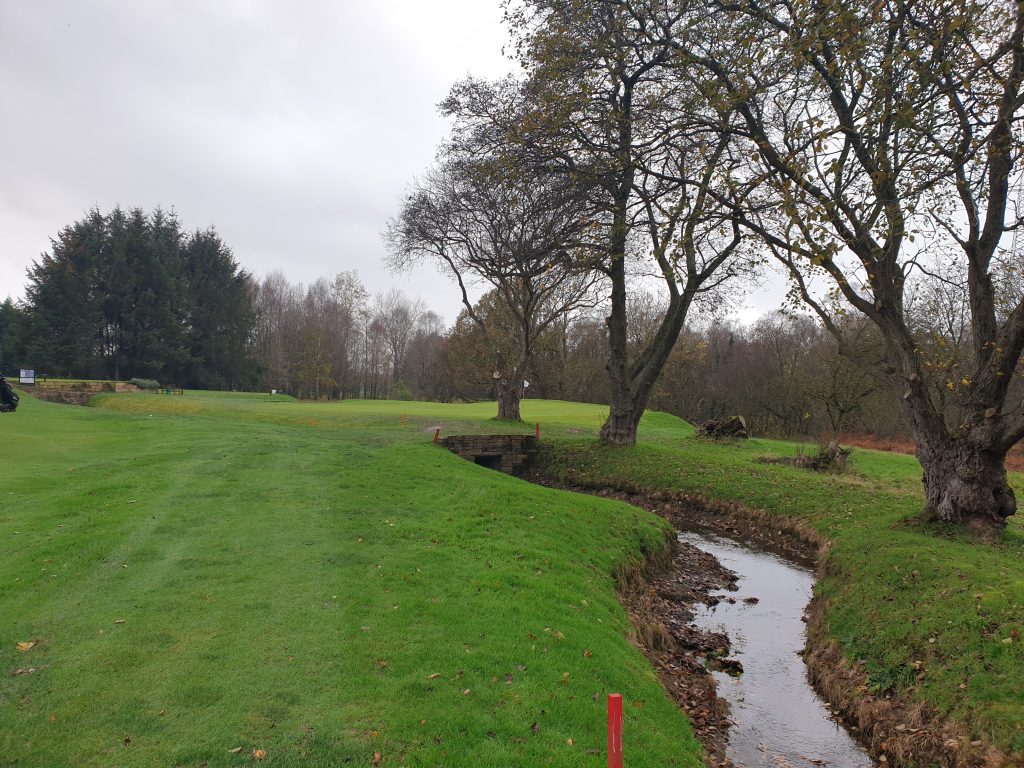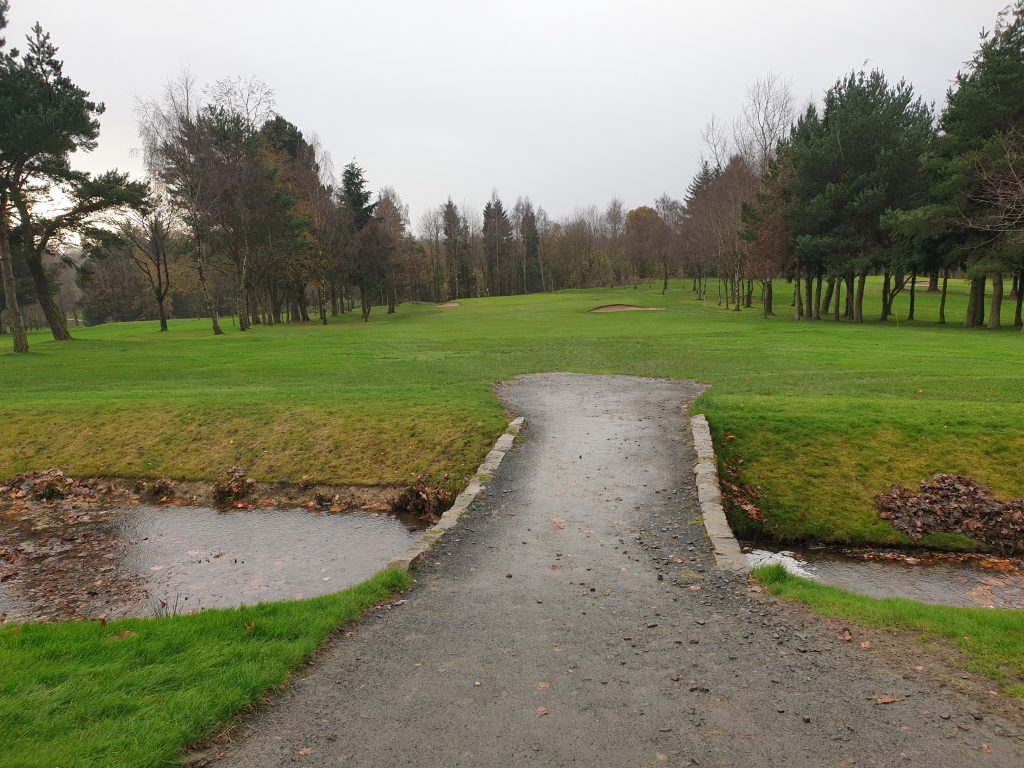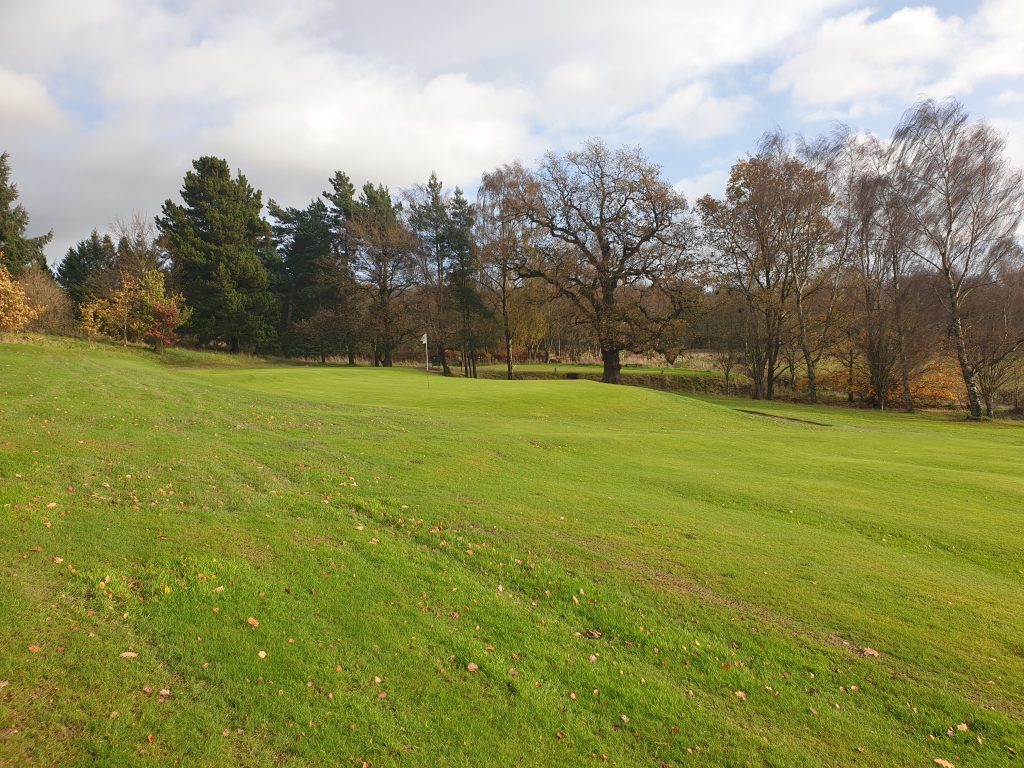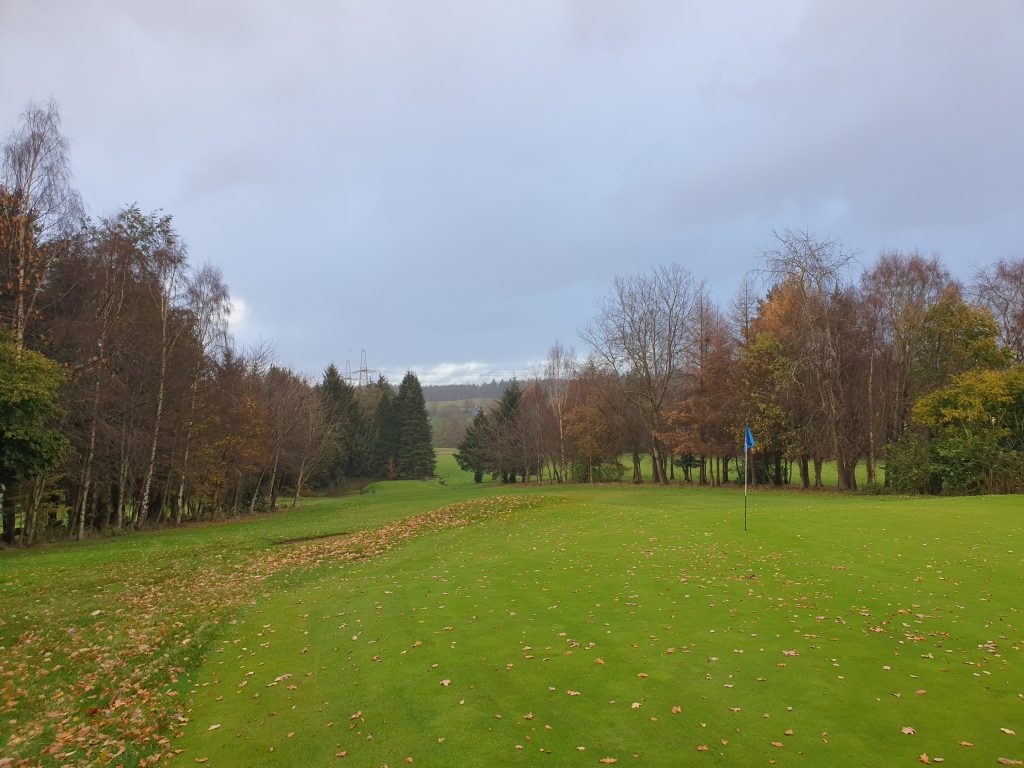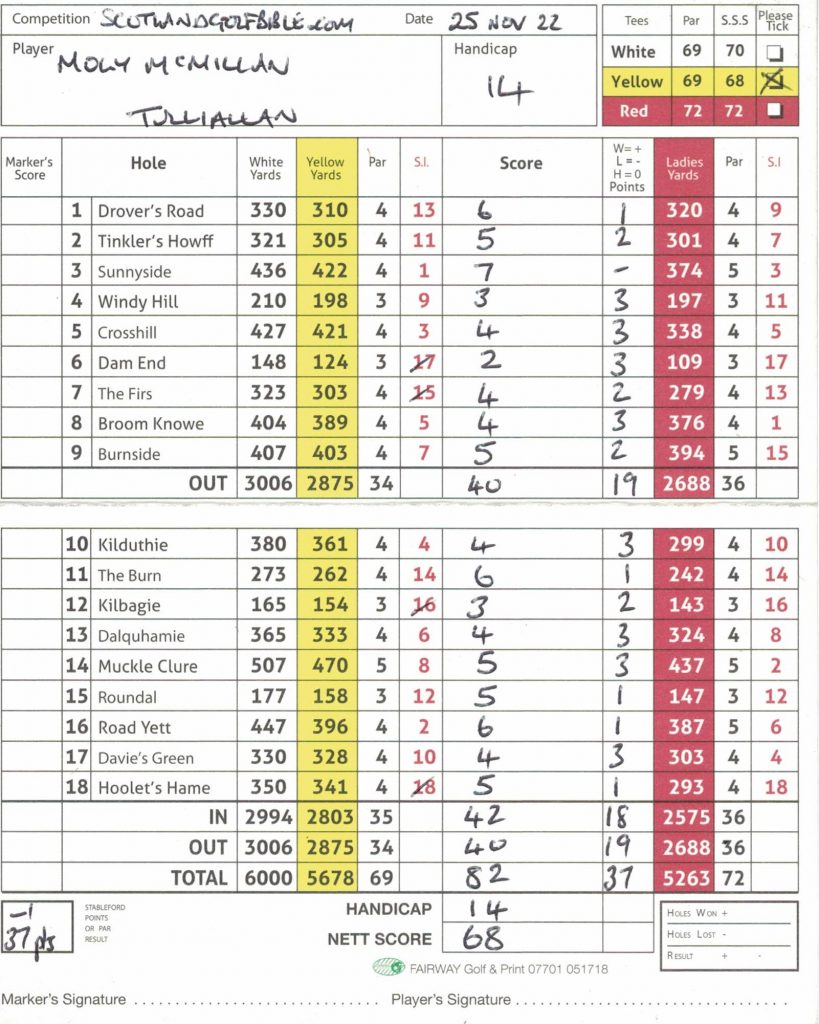Who was the Dowager Marchioness of Lansdowne?
Value 3.5/5
Little did I know as a member of Landsowne Golf Club in Bath in the early 2000s, how influential the Lansdowne name was for one of Scotland’s finest golf properties – Blairgowrie.

All three courses at Blairgowrie Golf Club have at one time been called ‘Lansdowne’ after the Dowager Marchioness of Lansdowne who initially leased land to the Club.
The current Wee Course, is where the original 9 hole “Lansdowne” course was. This was extended to 18 holes in 1927, but lasted only 3 years, when in 1930 another 9 holes were built and the new “Landowne” course opened, with the remodeled original 9 hole course becoming the Wee Course. In the 1970s, another 18 hole course was built, which became the current “Lansdowne”, with the1930s course renamed “Rosemount”, which is considered the “main” course.
The history of how the three courses evolved in detail is brilliantly assessed by James Boon on Golf Club Atlas here. The initial designer was founding member, Major (Ret’d) Peter Chalmers, who had fought in Crimea in 1854 and was later wounded in action; he sought advice from both Old Tom Morris and Tom Dunn of the Dunn dynasty. A combination of Alister Mackenzie and James Braid did the late 1920s work, with Peter Allis and Dave Thomas creating the latest course. What is the collective noun I wonder for golf course designers? – ‘A bunker of architects?”
Like all the Blairgowrie courses, the course was in excellent condition, especially for a December day. In particular, the greens were fully in play and running true, meaning I holed most of my putts less than 6 feet. The greens themselves are less undulating than the Rosemount course, the latter being more influenced of course by Alister MacKenzie. The greenside bunkering is of professional layout standard, so best to ensure you stay out of them.
The course is tighter from the tee than its sister Rosemount layout, so consider a hybrid where distance allows. The tree lined fairways are well maintained so anything finding the trees means that balls are usually not lost.

The excellent winter conditions meant the price of £25 is incredible value compared to the high season £140, perhaps it’s Scotland’s best winter discount?
Which brings me to a key question – just who was The Dowager Marchioness of Lansdowne?
Round List Price £140. Actual Paid £25 (Winter rate).
Moly’s Score – 81 for 39 points (off 15)
Course/Slope Rating (winter) 69.0/125
Course Type: Heathland
Par 69 (15 par 4s, 3 par 3s)
Distance (blue): c 5500 yards







